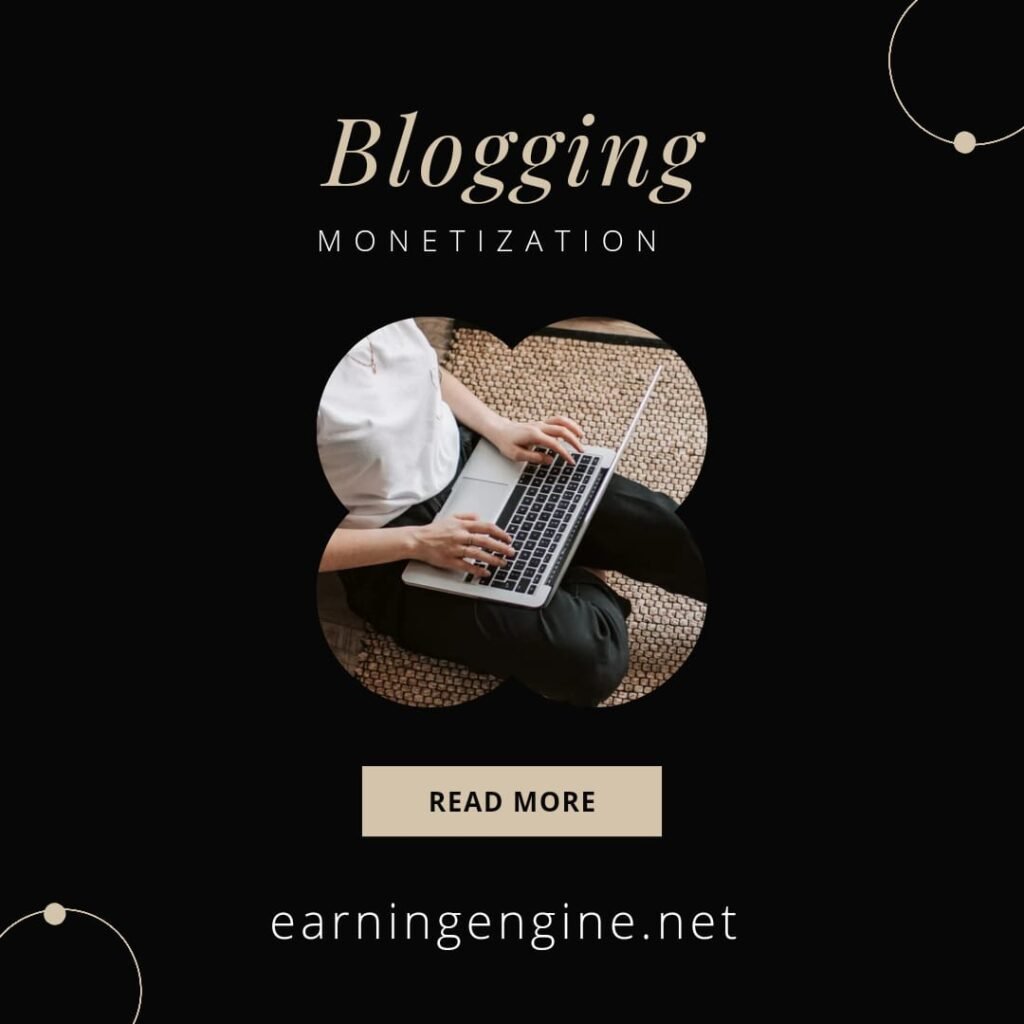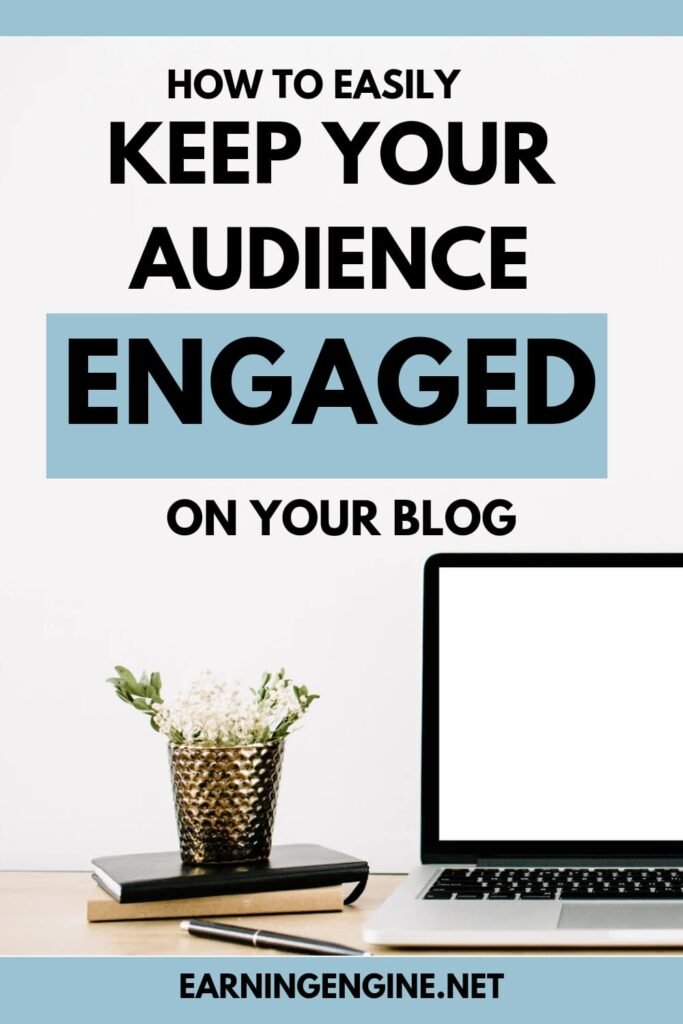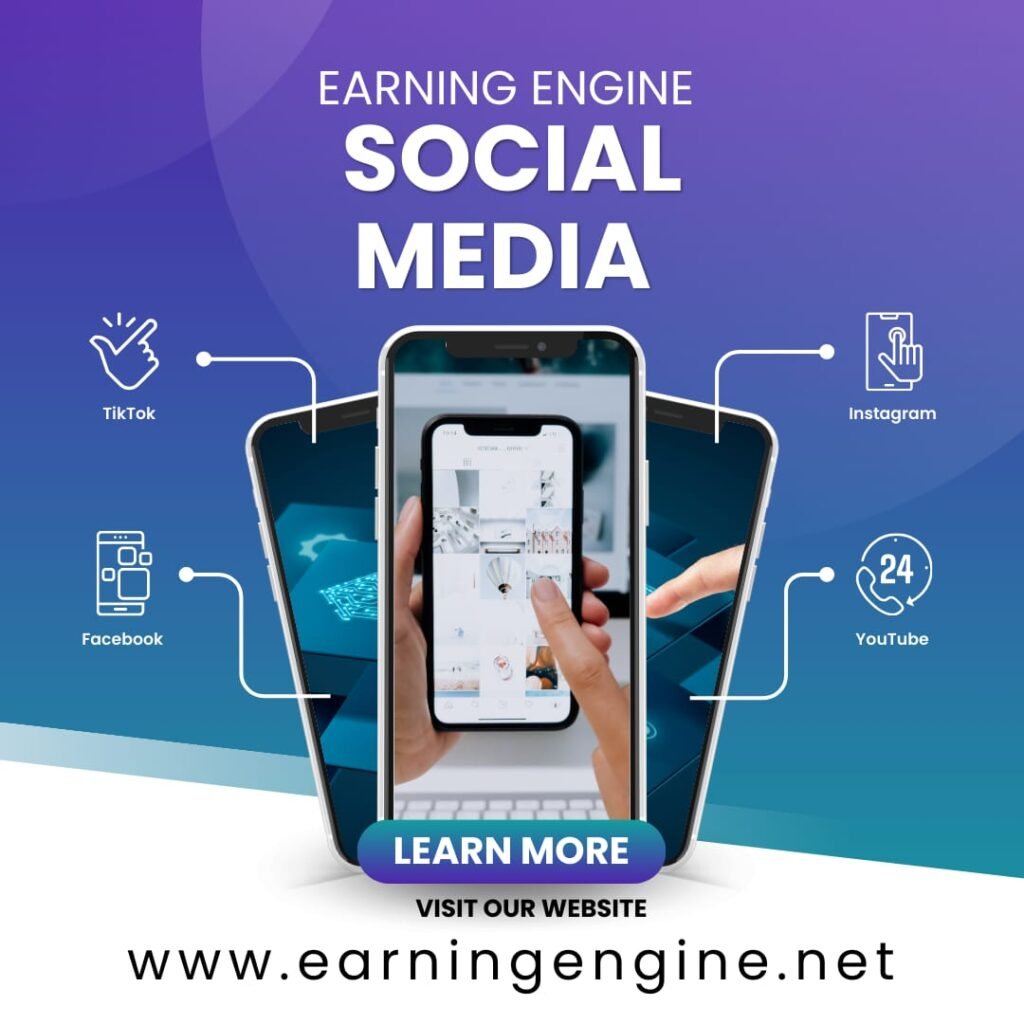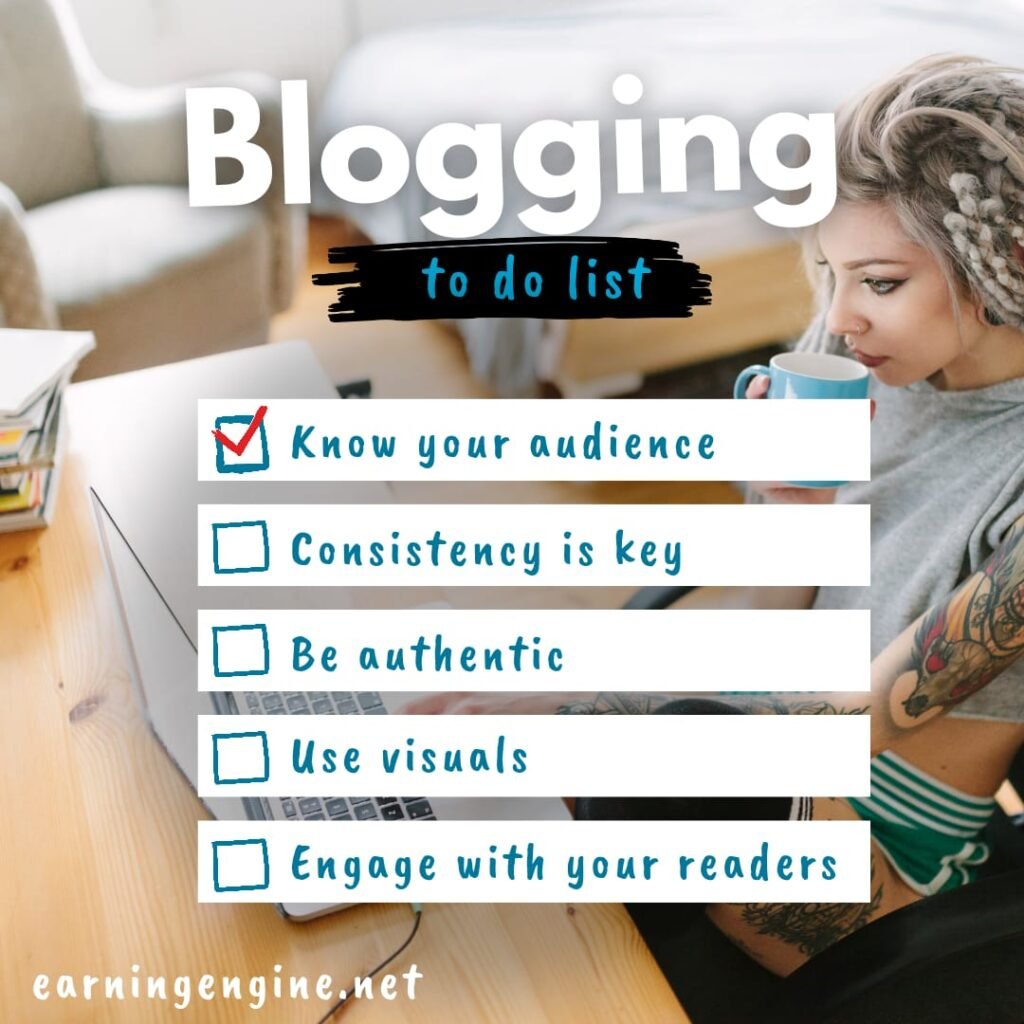What Blogging Is and How It Can Transform Your Online Presence
Blogging is a shape of writing usually determined on web sites called blogs. It includes creating posts which are typically casual, conversational, and informative in nature. Starting a blog may be an interesting challenge! Here are a Decide what you need to blog approximately. It can be some thing you are enthusiastic about, informed in, or something that you think will resonate with an audience.
Choose a Blogging Platform:
There are several systems to pick out from, which includes WordPress, Blogger, Medium, or even starting your personal website the use of systems like Wix or Squarespace.
Select a Domain Name:
If you’re starting your own internet site, choose a site name that reflects your blog’s topic or your own emblem.
Set Up Your Blog:
Depending at the platform you pick out, observe their instructions to set up your blog. This normally includes signing up, deciding on a template or topic, and customizing your blog’s appearance.
Create Quality Content:
Creating quality content in blogging is essential for engaging readers, building authority, and driving traffic to your site. High-quality content provides value, fosters trust, and encourages reader interaction. Here’s how to craft compelling blog posts:
1. Understand Your Audience: Begin by identifying your target audience’s needs, interests, and pain points. Tailor your content to address these aspects, ensuring it is relevant and useful. Conduct audience research through surveys, social media insights, and analytics to gather valuable information.
2. Craft a Compelling Headline: Your headline is the first thing readers see and plays a crucial role in attracting attention. Create headlines that are both engaging and descriptive, incorporating keywords to improve search engine visibility. Use tools like CoSchedule’s Headline Analyzer to refine your headlines.
3. Provide Valuable and Well-Researched Information: Offer in-depth, well-researched content that provides genuine value. Back up your claims with data, statistics, and credible sources. Ensure that your information is accurate and up-to-date to build credibility and trust with your audience.
4. Write in an Engaging and Readable Style: Use a clear and conversational tone that resonates with your readers. Break up text with subheadings, bullet points, and short paragraphs to enhance readability. Incorporate visuals like images, infographics, and videos to make your content more engaging and easier to digest.
5. Optimize for SEO: Integrate relevant keywords naturally into your content to improve search engine rankings. Use meta descriptions, alt tags for images, and internal linking to enhance your post’s visibility and accessibility.
6. Encourage Interaction: End your posts with a call-to-action (CTA) that invites readers to comment, share, or subscribe. Engage with your audience by responding to comments and fostering a sense of community.
Promote Your Blog:
Promoting your blog is essential for increasing visibility, attracting readers, and growing your audience. Here are effective strategies to promote your blog:
1. Leverage Social Media: Share your blog posts on platforms like Facebook, Twitter, LinkedIn, and Instagram to reach a broader audience. Tailor your posts for each platform, use engaging visuals, and include relevant hashtags to increase visibility.
2. Utilize Email Marketing: Build and maintain an email list to directly reach your subscribers. Send regular newsletters featuring your latest blog posts, exclusive content, and updates. Personalize your emails to enhance engagement and drive traffic back to your blog.
3. Engage with Online Communities: Participate in forums, discussion groups, and social media communities related to your blog’s niche. Share your expertise and provide valuable insights, subtly linking to your blog where appropriate.
4. Collaborate with Influencers: Partner with influencers or bloggers in your niche to reach their audience. This could involve guest posting, co-hosting webinars, or mutual promotions. Influencer endorsements can significantly expand your blog’s reach.
5. Optimize for SEO: Ensure your blog posts are optimized for search engines with relevant keywords, meta descriptions, and internal linking. High search engine rankings increase organic traffic and attract new readers.
6. Use Paid Advertising: Consider using paid advertising options such as Google Ads or social media ads to drive targeted traffic to your blog.

Consistency:
Consistency in blogging is crucial for building and maintaining an engaged audience, enhancing your blog’s credibility, and improving SEO performance. Here’s why consistency matters and how to achieve it:
1. Establishing Trust and Reliability: Consistent blogging helps establish your credibility as a reliable source of information. Regular posting builds trust with your audience, as they come to expect and rely on your content. It also helps in creating a sense of routine, making readers more likely to return.
2. Improving SEO Performance: Search engines favor regularly updated content. Consistent posting keeps your blog active and signals to search engines that your site is current and relevant. This can positively impact your search rankings and increase organic traffic.
3. Enhancing Audience Engagement: A regular posting schedule keeps your audience engaged and interested. It gives readers something to look forward to and helps maintain momentum. Consistency also allows for better planning of content themes and topics, ensuring that your posts are relevant and timely.
4. Streamlining Content Creation: Developing a content calendar can help maintain consistency. Plan and schedule your posts in advance to ensure you meet deadlines and avoid last-minute stress. This also helps in balancing content variety and meeting your audience’s needs.
Engage with Your Audience:
Engaging with your audience is essential for building a loyal readership and fostering a vibrant community around your blog. Here are key strategies to effectively engage with your audience:
1. Encourage Comments and Interaction: Invite readers to share their thoughts and feedback by enabling comments on your blog posts. Ask questions or include prompts that encourage discussion. Respond promptly and thoughtfully to comments to show that you value your readers’ input and to foster a sense of community.
2. Utilize Social Media: Promote your blog posts on social media platforms and interact with your followers. Share your content, participate in relevant conversations, and respond to comments or messages. Social media provides an additional channel for engaging with your audience and expanding your reach.
3. Conduct Polls and Surveys: Use polls or surveys to gather opinions and preferences from your audience. This not only engages readers but also provides valuable insights into what topics they are interested in, allowing you to tailor your content to their preferences.
4. Offer Exclusive Content: Provide special content, such as downloadable resources or early access to posts, to your subscribers or loyal readers. This incentivizes engagement and rewards your most dedicated audience members.
5. Host Q&A Sessions: Organize Q&A sessions or live chats where readers can ask questions related to your blog’s niche. This fosters direct interaction and strengthens your connection with your audience.

Increasing traffic to your blog requires a mixture of perfect content material, powerful selling, and optimization.
SEO Optimization:
EO optimization in blogging is crucial for improving your blog’s visibility in search engine results and driving organic traffic. Here’s a guide to effectively optimize your blog for SEO:
1. Conduct Keyword Research: Identify relevant keywords and phrases that your target audience is searching for. Use tools like Google Keyword Planner, Ahrefs, or SEMrush to find keywords with a good balance of search volume and competition. Incorporate these keywords naturally into your blog titles, headings, and content.
2. Optimize Blog Titles and Meta Descriptions: Create compelling, keyword-rich titles that capture the essence of your blog post and encourage clicks. Write concise meta descriptions that summarize the content and include primary keywords. Both elements should be designed to attract readers and improve click-through rates from search results.
3. Use Heading Tags Effectively: Structure your content with heading tags (H1, H2, H3) to improve readability and SEO. The H1 tag should be used for the main title, while H2 and H3 tags help organize subheadings and sections. This structure helps search engines understand the hierarchy and relevance of your content.
4. Optimize Images: Use descriptive, keyword-rich filenames and alt text for images to improve SEO and accessibility. Proper image optimization also enhances page load speed, which is a factor in search engine rankings.
5. Improve Internal and External Linking: Include internal links to other relevant blog posts or pages on your site to enhance navigation and keep readers engaged. Add external links to authoritative sources to provide additional value and context, which can also boost your blog’s credibility.
6. Enhance Mobile-Friendliness and Page Speed: Ensure your blog is responsive and performs well on mobile devices. A mobile-friendly design and fast page load times contribute to a better user experience and can positively impact search rankings.
7. Create High-Quality, Engaging Content: Focus on producing valuable, well-researched, and engaging content that addresses your audience’s needs and interests. High-quality content is more likely to attract backlinks, social shares, and repeat visitors, all of which enhance SEO.
8. Monitor and Analyze Performance: Use tools like Google Analytics and Google Search Console to track your blog’s performance. Monitor key metrics such as traffic, bounce rate, and keyword rankings. Use this data to refine your SEO strategy and make necessary adjustments.

Promotion on Social Media:
Promoting your blog on social media is essential for driving traffic, increasing visibility, and engaging with your audience. Here are effective strategies to amplify your blog’s reach through social media:
1. Share Your Content Strategically: Regularly post your blog updates on social media platforms such as Facebook, Twitter, LinkedIn, and Instagram. Tailor your posts to each platform’s audience and format. Use engaging headlines, compelling visuals, and relevant hashtags to capture attention and encourage clicks.
2. Utilize Visuals and Multimedia: Enhance your posts with eye-catching images, infographics, or video snippets related to your blog content. Visuals attract more engagement and can help convey complex information more effectively.
3. Engage with Your Audience: Respond to comments, questions, and shares on your posts. Engaging with your audience fosters a sense of community and encourages more interaction with your content.
4. Leverage Social Media Ads: Consider using paid advertising to boost your blog’s visibility. Platforms like Facebook and LinkedIn offer targeted ad options that allow you to reach specific demographics and interests, driving more traffic to your blog.
5. Collaborate with Influencers: Partner with influencers or industry leaders who can share your blog with their followers. This can significantly expand your reach and introduce your content to new audiences.
6. Track and Analyze Performance: Monitor engagement metrics such as likes, shares, and click-through rates to assess the effectiveness of your social media efforts. Use this data to refine your strategy and improve future promotions.

Guest Blogging:
Guest blogging is a powerful strategy for expanding your reach, building authority, and driving traffic to your own blog. It involves writing and publishing content on another blog or website within your niche. Here’s how to leverage guest blogging effectively:
1. Identify Relevant Blogs: Research and target blogs that are relevant to your industry and have a substantial, engaged audience. Look for blogs with high domain authority and a readership that aligns with your target audience.
2. Pitch Quality Content: Craft a personalized pitch or query letter outlining your proposed topic, its benefits to the host’s audience, and your expertise. Ensure your pitch demonstrates the value you can provide and adheres to the host blog’s guidelines.
3. Provide Valuable Content: Write high-quality, informative, and engaging content that offers real value to the host’s readers. Your guest post should be well-researched, original, and relevant to the blog’s audience.
4. Include a Strategic Bio: In your author bio or within the content, include a brief mention of your blog with a link back to it. This drives referral traffic and helps build backlinks, enhancing your blog’s SEO.
5. Promote Your Guest Post: Share your guest post on your own social media channels and within your network to increase visibility and engagement. This not only drives traffic but also strengthens your relationship with the host blog.
Conclusion:
Increasing visitors in your weblog requires a strategic method that specialize in content material terrific, effective promoting, and optimization techniques. By constantly producing valuable content, optimizing for search engines like google and yahoo, leveraging social media, and tasty collectively along with your target market, you can gradually grow your weblog’s visibility and lure more traffic.
It’s vital to research your efforts often, adapt based on insights won, and live committed to presenting charge on your readers. With persistence and backbone, you could achieve better site visitors and assemble a thriving community spherical your weblog.



